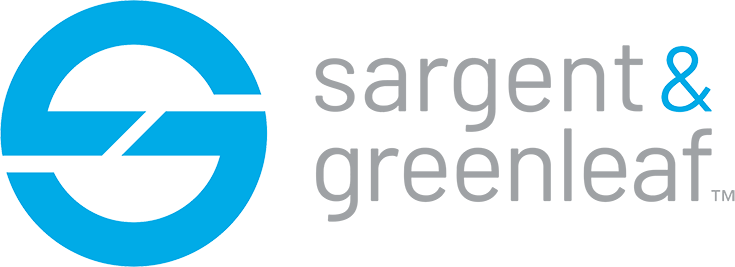Franchises and organizations of all sizes need to find scalable, affordable remote access control solutions. But how do you go about finding the most secure, most cost-effective networked safe lock? Beyond the base cost of each unit, several other factors contribute to the overall picture, both initially and in terms of ongoing maintenance. As you look for the best solution, here are a few points to consider.
1. Cost of peripheral components.
As you look for a networked safe lock solution, you may find that some require additional components beyond the locks themselves. External components like network hubs, wiring, software, and accessories can make the locks a more significant investment.
2. Cost of installation.
If you purchase a networked safe lock that doesn’t fit your current lock’s footprint, you’ll need to factor in the costs of drilling when you retrofit. And the more external components you have, the greater the chance you’ll need specialized tools or more time-consuming installation procedures. Certain types of wired-in network connections may require additional expertise beyond what your usual internal security team or contract installer can provide.
3. Cost of frequent maintenance.
Don’t overlook power supply as a critical component of the overall cost of networked safe locks. Locks and hubs that run on battery power require significant time to maintain, as someone equipped to change the batteries must physically go to each location and perform the task. In addition to employee time cost, wear-and-tear on company vehicles, and increased risk of robbery while the employee is at the unit, frequent maintenance means frequent downtime—and that lost revenue adds up over time.
4. Cost of routine maintenance.
All security components require maintenance from time to time. Consider the track record of the lock itself—is it durable, reliable, and rugged enough to withstand daily wear-and-tear? And don’t forget to add in the cost of maintenance for any external components as well. Again, employee time cost becomes critical. Instead of performing routine maintenance, could your employees be working on higher priority projects?
5. Cost to scale.
Some networked safe lock products require additional hubs to scale up. Looking at the future, if you anticipate growth, be sure to understand what that might mean for your network and your ability to control all of your locks through one interface.
NexusIP offers a secure, accessible, scalable solution.
After more than 160 years of security innovation, Sargent and Greenleaf took on the challenge of making a networked safe lock that was secure, yet economical. Using the latest options for network security, we designed a lock that meets the industry’s highest security standards while also reducing complexity. Working through existing secure Wi-Fi, NexusIP simplifies installation, operation, and maintenance. All you need is the lock and your existing network—no special tools or extra components required.
Learn more about networked safe locks and how NexusIP [link to website page] can help you add cost-effective remote safe management to your business.

